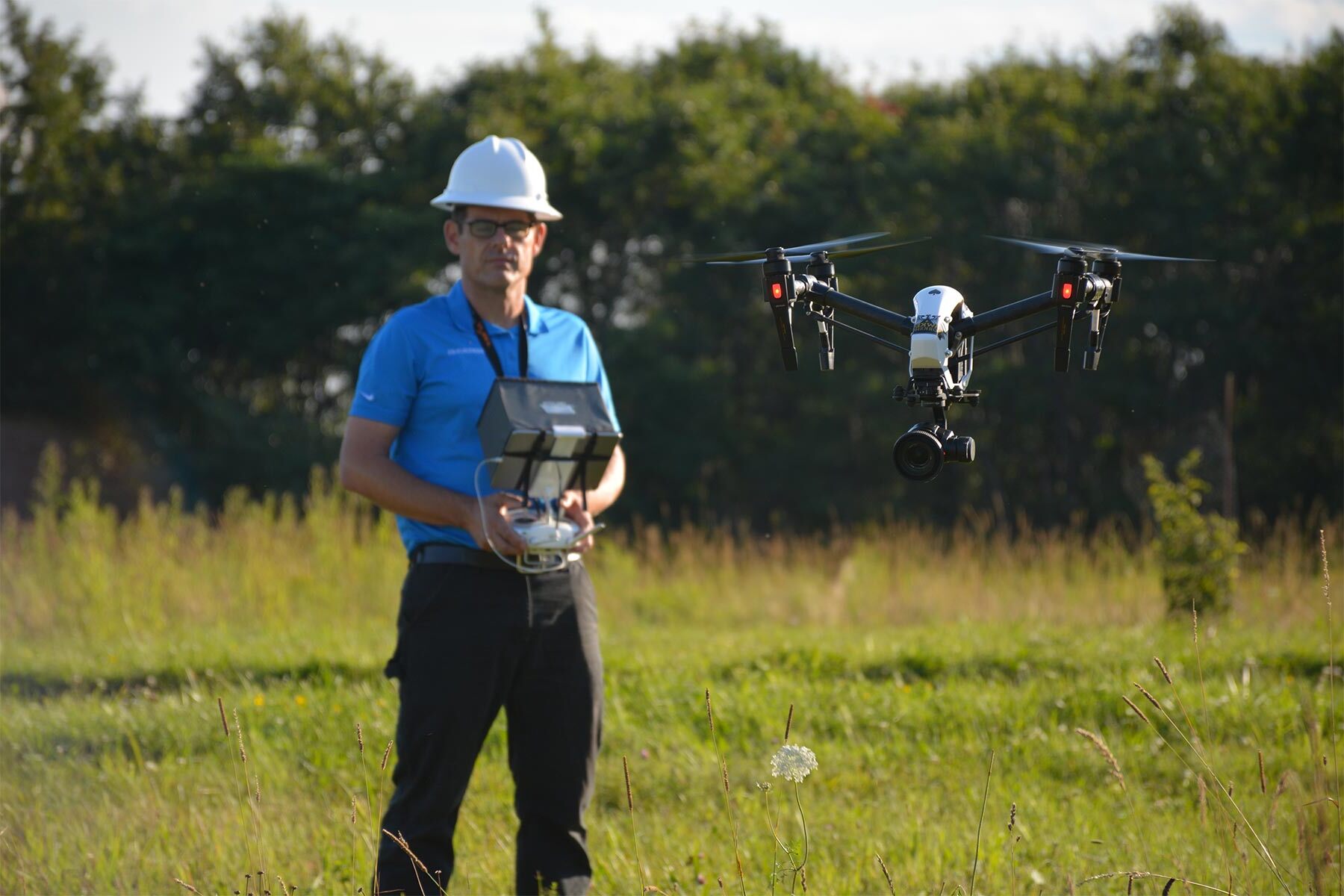
The Keresan languages are a group of Native American languages spoken by the Keresan people, who reside in New Mexico. These languages belong to the larger family of Southwestern Puebloan languages and are known for their unique linguistic features and rich cultural significance. In this article, we will explore 17 fascinating facts about the Keresan languages, shedding light on their origins, cultural context, and linguistic characteristics. From their complex phonetic structures to their role in preserving indigenous traditions, the Keresan languages offer a glimpse into the rich tapestry of Native American heritage. So, let’s dive into the captivating world of the Keresan languages and discover the intriguing aspects that make them truly remarkable.
Key Takeaways:
- The Keresan languages are a group of indigenous languages with complex verb structures and a vital role in preserving the cultural heritage of the Pueblo communities.
- Efforts to revitalize and maintain the endangered Keresan languages are crucial for preserving cultural diversity and the intergenerational transmission of knowledge within the Keresan Pueblo communities.
Origins and Classification
The Keresan languages are a group of Pueblo languages indigenous to the southwestern United States. They are part of the larger Keresan language family, which is classified as a language isolate, meaning it has no known genetic relationship to any other language group.
Number of Speakers
There are an estimated 10,000 to 12,000 speakers of the Keresan languages today, primarily residing in the Pueblo communities of Cochiti, Santo Domingo, San Felipe, and Santa Ana in New Mexico.
Keresan Dialects
The Keresan language family consists of two main dialect groups: Western Keres, spoken in the villages of Acoma and Laguna, and Eastern Keres, spoken in the remaining Pueblos.
Verb Structure
Keresan languages are known for their complex verb structure, which includes intricate verbal morphology and a rich system of aspect and tense markers.
Cultural Significance
The Keresan languages play a vital role in preserving the cultural heritage and traditions of the Keresan Pueblo communities. They are used in religious ceremonies, storytelling, and everyday communication within the community.
Endangered Status
Like many indigenous languages, the Keresan languages are considered endangered. Efforts are being made to revitalize and maintain these languages through language immersion programs and community-based language revitalization initiatives.
Influence on English
Throughout history, the Keresan languages have influenced the English language, particularly through the introduction of loanwords related to Native American culture, such as “kiva” and “kachina.
Linguistic Complexity
The Keresan languages are known for their complex phonology, which includes unique phonemes not found in other languages. They also exhibit intricate grammatical features, such as extensive use of classifiers and a complex system of indirect and direct object marking.
Oral Tradition
Traditionally, Keresan languages have been primarily transmitted orally from generation to generation, with a heavy emphasis on storytelling and oratory skills.
Field of Linguistics
The study of Keresan languages has contributed greatly to the field of linguistics, particularly in the areas of morphological analysis, language documentation, and understanding language evolution.
Historical Significance
The Keresan languages have significant historical importance, as they have been spoken in the region for thousands of years and reflect the rich cultural heritage of the Keresan Pueblo people.
Language Preservation Efforts
Various organizations and institutions are actively working to document and preserve the Keresan languages through the creation of dictionaries, grammatical descriptions, and digital language archives.
Connection to Land and Nature
The Keresan languages have a strong connection to the land and the natural environment. They include a rich vocabulary related to plants, animals, and geographic features specific to the region.
Cultural Identity
The Keresan languages are an integral part of the cultural identity of the Keresan Pueblo communities, serving as a symbol of their collective history, resilience, and distinct heritage.
Oral History Preservation
Through the use of Keresan languages, important oral histories and cultural knowledge are being preserved, allowing future generations to learn about their traditions, values, and ancestral wisdom.
Importance of Language Revitalization
Language revitalization programs focusing on the Keresan languages are crucial for the preservation of cultural diversity, intergenerational transmission of knowledge, and the overall well-being of the Keresan Pueblo communities.
Future Outlook
While the Keresan languages face challenges in their preservation, there is growing recognition of their importance and efforts to ensure their survival. The commitment and dedication of language activists, speakers, and linguists provide hope for the continued vibrancy of the Keresan languages.
The Keresan languages are a testament to the rich linguistic heritage of the Pueblo people. With their intricate grammar, unique phonology, and cultural significance, these languages continue to fascinate linguists and captivate those interested in the diversity of human expression. As we strive to preserve and revitalize the Keresan languages, we honor the invaluable connection between language, culture, and identity.
Conclusion
The Keresan languages are a fascinating linguistic group with a rich history and cultural significance. From their unique grammatical structures to their close relationship with the Pueblo people, there are many intriguing aspects to explore. The Keresan languages have played a vital role in preserving indigenous culture and identity, and continue to be spoken by a passionate community.With their distinct phonetics and complex verb conjugation systems, the Keresan languages offer a unique challenge for linguists. Studying these languages not only provides valuable insights into the indigenous cultures of the Southwest United States but also contributes to our understanding of language evolution and diversity.Whether you’re interested in linguistics, anthropology, or simply curious about different cultures, delving into the world of Keresan languages will undoubtedly be a rewarding experience. The more we learn about these languages, the more we can appreciate the rich tapestry of human communication and the importance of preserving linguistic heritage.
FAQs
1. How many Keresan languages are there?
There are two primary Keresan languages: Western Keres, spoken by the people of Acoma and Laguna Pueblos, and Eastern Keres, spoken by the people of Cochiti and Santo Domingo Pueblos.
2. Are the Keresan languages endangered?
While the Keresan languages face some challenges, they are still actively spoken by the Keresan people today. Efforts are being made to revitalize and preserve these languages through educational programs and cultural initiatives.
3. How similar are Western Keres and Eastern Keres?
Western Keres and Eastern Keres share a common core vocabulary and grammatical foundation but have some distinct differences in pronunciation and vocabulary. However, speakers of both languages can generally understand each other.
4. Are there resources available for learning the Keresan languages?
While resources for learning Keresan languages may be limited compared to more widely spoken languages, there are online materials, dictionaries, and language programs available to help interested individuals begin their language learning journey.
5. How important are the Keresan languages to the Pueblo communities?
The Keresan languages are integral to the cultural identity and heritage of the Pueblo communities. They serve as a means of communication within the community and play a significant role in oral traditions, ceremonies, and storytelling.
Keresan languages are truly remarkable, with their unique features and cultural significance. From their complex verb structures to their endangered status, these indigenous languages have much to teach us about linguistic diversity and the importance of language preservation. If you're fascinated by the world of linguistics, you might also be interested in exploring the intriguing facts about Salishan languages. For those captivated by the rich tapestry of indigenous languages, the captivating facts about Mapudungun are sure to pique your curiosity. Join us on this journey of linguistic discovery and uncover the hidden treasures of these extraordinary languages.
Was this page helpful?
Our commitment to delivering trustworthy and engaging content is at the heart of what we do. Each fact on our site is contributed by real users like you, bringing a wealth of diverse insights and information. To ensure the highest standards of accuracy and reliability, our dedicated editors meticulously review each submission. This process guarantees that the facts we share are not only fascinating but also credible. Trust in our commitment to quality and authenticity as you explore and learn with us.


